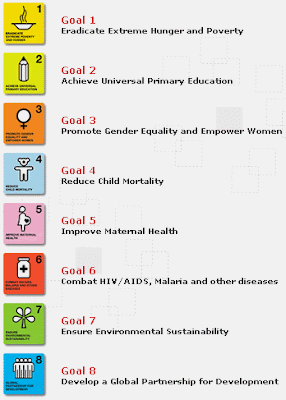Kiribati is a coral atoll containing 33 islands. 100,000 people live there. Half of these people live on one small island that is only 400m in length at most. A lot of people, not much space. The average height above sea level is less than 2m. This is a huge problem with rising sea levels. The governor of the country believes their country will be underwater by 2030.
It is hard for them to grow food because of salivation. A small water supply is also worsening the situation.
Erosion, Storm surges, and Drought is destroying the land.
They are educating the people so they can be better migrants.
The Australian Government has funded education for nurses.






